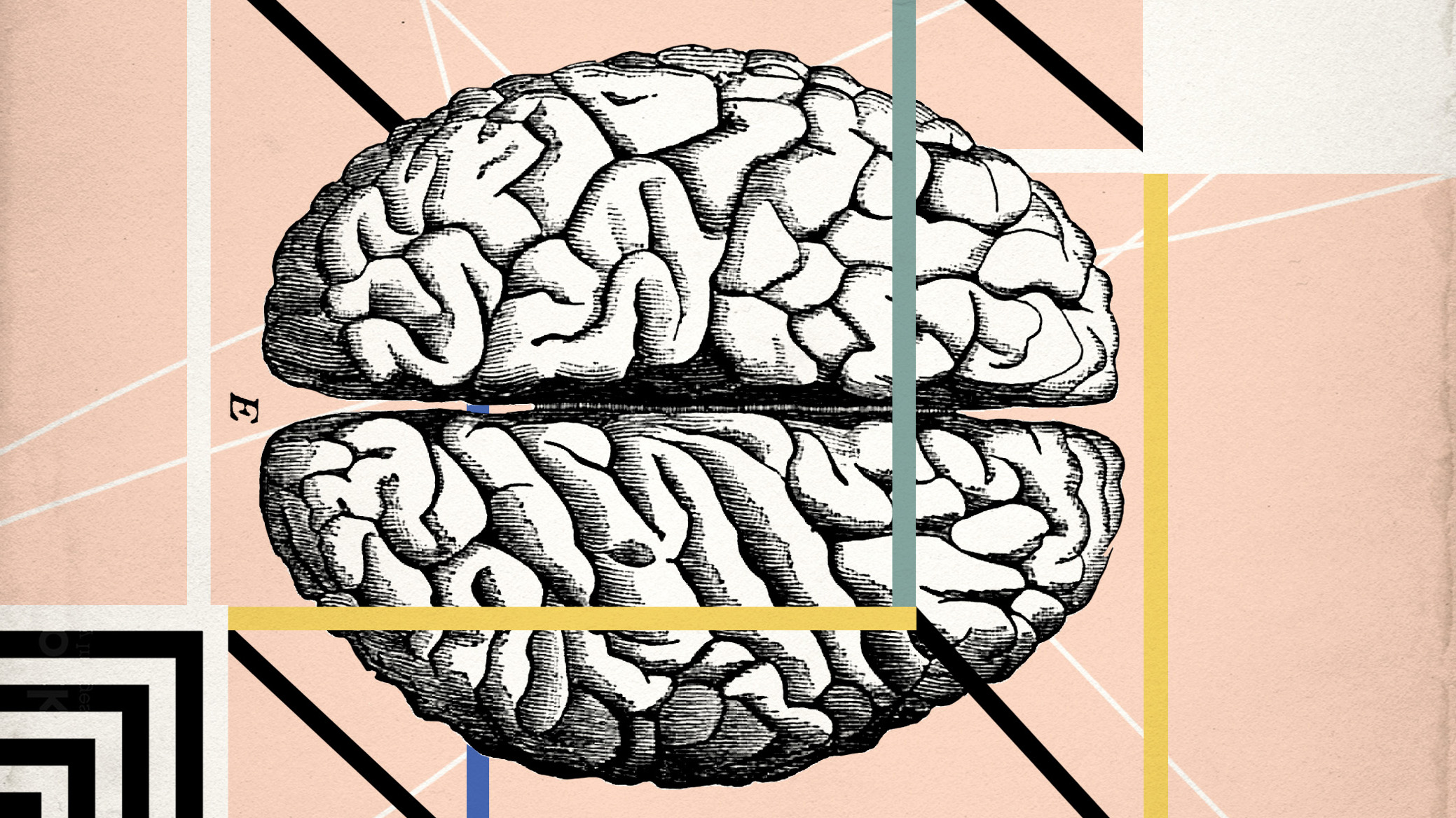
Mapping the wiring diagram of the brain is crucial to untangling its vast communication network and understanding how it represents and processes information. The announcement was made at SC 09, the supercomputing conference, being held in Portland, Oregon.Īdditionally, in collaboration with researchers from Stanford University, IBM scientists have developed an algorithm that exploits the Blue Gene® supercomputing architecture in order to noninvasively measure and map the connections between all cortical and sub-cortical locations within the human brain using magnetic resonance diffusion weighted imaging.

Scientists, at IBM Research-Almaden, in collaboration with colleagues from Lawrence Berkeley National Lab, have performed the first near real-time cortical simulation of the brain that exceeds the scale of a cat cortex and contains 1 billion spiking neurons and 10 trillion individual learning synapses. It provides cerebellum lobule segmentation and cerebellum cortical thickness.The cognitive computing team, led by IBM Research, has achieved significant advances in large-scale cortical simulation and a new algorithm that synthesizes neurological data - two major milestones that indicate the feasibility of building a cognitive computing chip. It provides white matter lesion segmentation from T1 and FLAIR images.Ī paper describing lifespan normal brain volume trajectories from almost 3000 subjects using volBrain pipeline has been accepted in Human Brain Mapping journal.Ī paper describing volBrain pipeline has been accepted in Frontiers in Neuroinformatics journal.Ī new cerebellum segmentation pipeline named CERES is now available. Neuroimage, 2018.Ī new white matter lesion segmentation pipeline named lesionBrain is now available.

Comparing fully automated state-of-the-art cerebellum parcellation from Magnetic Resonance Imaging. Details can be found in a recent publication:Ī. 2016.ĬERES method becomes the winner of a MICCAI cerebellum segmentation challenge. volBrain: an online MRI brain volumetry system.

We are looking for collaboration to evaluate and improve our platform, please contact us with any feedback. Please contact or for processing large amount of data. This evaluation version of volBrain is free for non-commercial and non-medical purposes.

The number of cases each user can submit daily is limited to 10 cases in order to share our limited computational resources between all users. We encourage you to use the system hoping you find it useful. VolBrain works in a fully automatic manner and is able to provide brain structure volumes without any human interaction. It is intended to help researchers all over the world to obtain automatically volumetric brain information from their MRI data without the need for any infrastructure in their local sites. VolBrain is an online MRI brain volumetry system.


 0 kommentar(er)
0 kommentar(er)
